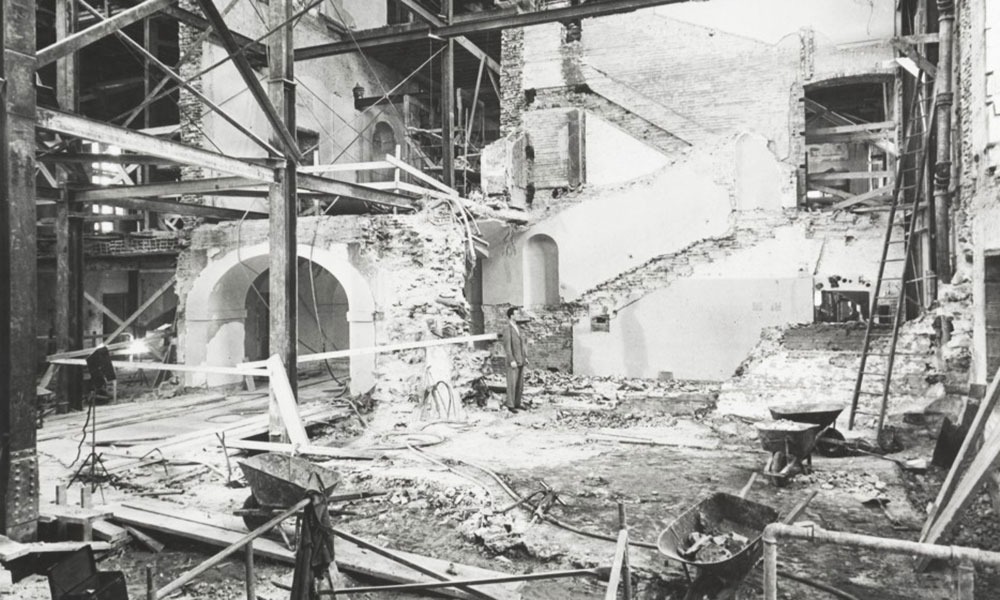
White House Renovations from Truman to Trump
The Executive Mansion is getting a revamp during the relative quiet of August in DC. It's a modest update compared to past overhauls, particularly one undertaken by the 33rd president, according to records maintained by the White House Historical Association.
You may have heard that President Donald Trump is on vacation for 17 days, which sounds like a long time away. But he has an excuse: A big reason he’s spending so much time in New Jersey this month is that the White House is getting a long-overdue renovation.
According to CNN, the Executive Mansion is getting updates to a number of its facilities, such as the kitchen, the lower lobby of the West Wing, and the South Portico steps on the South Lawn. It’s also getting some fresh decorating and some critical IT and HVAC upgrades.
“Due to the 24/7, 365-day use a year, the estimated age of the system based off of usage is 81 years old,” Deputy Press Secretary Lindsay Walters explained last week.
HVAC and other facility updates are nothing new. In fact, according to the White House Historical Association (WHHA), a primitive air-conditioning system was installed in the White House in 1881, to cool the room where James Garfield was recovering from an assassination attempt. (He did not survive.)
After a few tries, the first full-fledged central air-conditioning system was added in 1930. It’s since been updated multiple times, including by Harry Truman, whose administration oversaw the most dramatic renovation of the White House in modern times. The four-year project, led by architect Lorenzo Simmons Winslow, was necessary because the mansion’s age was really starting to show.
As Steve Moyer of Humanities magazine wrote this year:
The White House was completely gutted, exterior walls of the façade were supported by steel girders, and bulldozers worked for a time in the interior, digging out a basement level, while the Trumans lived across Pennsylvania Avenue in Blair House. Truman insisted that the façade remain intact throughout the work, ensuring that the house’s role as a symbol remained firmly in the minds of the American public.
In a Q&A with The Washington Post this year, WHHA Senior Historian Matthew Costello noted that due to the large scope of the project, some elements of the original design had to be revamped.
“The architect of the Truman renovation, Lorenzo Winslow, tried to carefully catalog things from the interior as they were removed,” he said. “The hope was that they could be reinstalled after the renovation was complete; however, floorboards cracked, timbers were splintered, bricks crumbled, etc. There was quite a bit that could not be saved so instead was repurposed.”
Since then, White House renovations for the most part have been smaller, like the one happening this month.
WHHA, which has expanded its online library in recent years, has a large collection of information on the Truman renovation, including a well-documented series of photos captured by the National Park Service’s Abbie Rowe.
A White House renovation, circa 1950. (White House Historical Association)






Comments